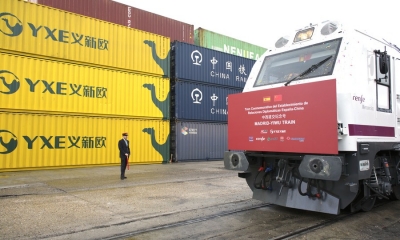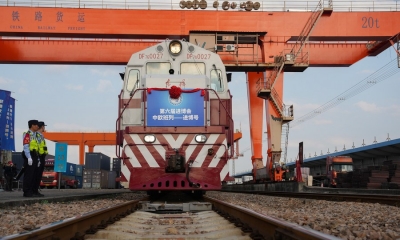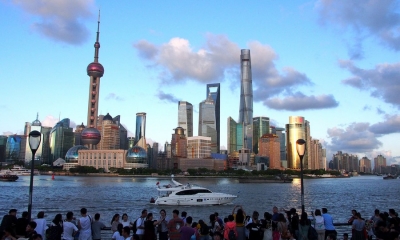A Triumph of China-Bangladesh Cooperation
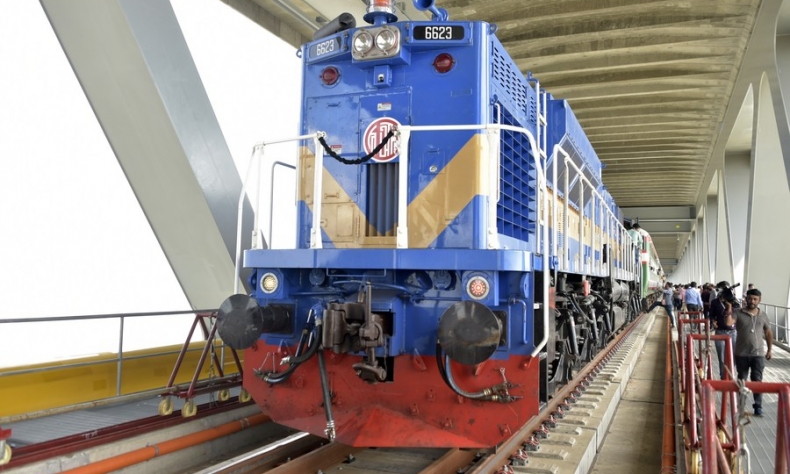
It is not about ‘choosing sides’ through ideological struggles or bloc confrontation. It is about maximizing national benefits to unleash economic transportation so that Bangladesh can rise from once being an impoverished country to a modern industrial nation – a path that reflects China’s story, too.
Bangladesh lies at the point where the Indian subcontinent and Southeast Asia meet. Occupying a narrow geographic space that serves as a drainage basin for the Himalayas, it has long grappled with the challenges of bearing over 800 rivers, which at times have brought catastrophic flooding. Yet despite these challenges, and having endured hardship and poverty, it is a country that has a lot to be optimistic about. Bangladesh is an economic power of the future, which has long established itself as the fastest-growing economy in South Asia and whose GDP per capita has rocketed above that of India and Pakistan. With a population of 160 million people, it is undeniable that Dhaka will establish itself as a very important market in the near future.
But with such large-scale economic growth and the geographic challenges the country faces, Bangladesh requires infrastructure like never before in the form of roads, highways, railways, bridges, airports, energy, telecommunications, and more. This requirement has made China, a regional neighbor, a critical partner. In October, the two countries will unveil one of the most significant projects they have ever worked on, the Padma Bridge rail link. The Padma River is one of the largest rivers in Bangladesh, cutting across the country diagonally and spanning over 130 kilometers. Because it slices the country in two, navigating its logistical challenges is critical for Bangladesh’s interconnectivity.
Construction of the Padma Bridge, which was undertaken by a Chinese firm from 2015 to 2022, is a marvel of contemporary engineering. With 41 sections, the bridge spans 6.15 kilometers and is the longest in the country. Not only that, it is the deepest bridge ever built: a response to the challenges posed by the enormous river. The benefits of the bridge are equally vast. It is expected to boost Bangladesh’s GDP by an additional 1.3%, turbocharging the country’s economic growth by interconnecting its regions, some of which suffer higher rates of poverty than other areas of the country. Now, 15,000 vehicles cross the bridge every single day.
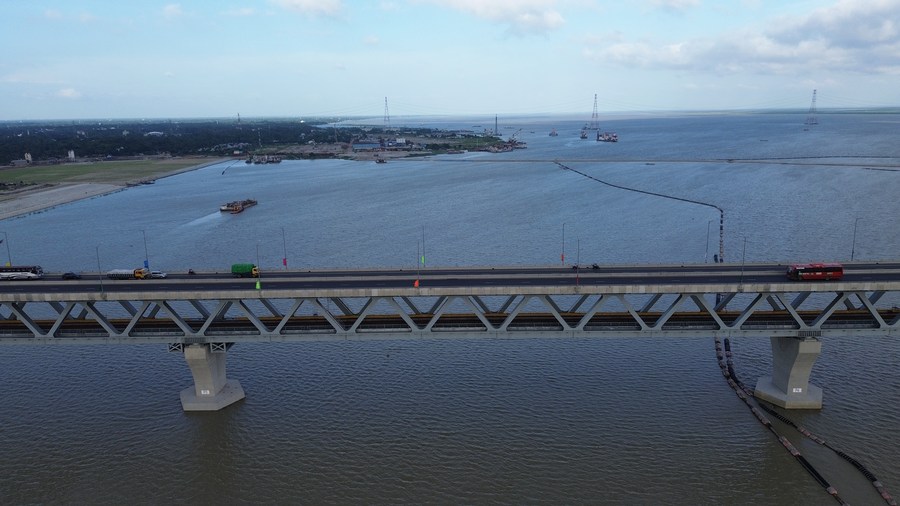
Moreover, the bridge was built using a “double-decker” system to incorporate both road traffic above and rail traffic below. In doing so, the bridge serves as a link for the brand-new Bhanga-Dhaka railway, a 172-km route that connects the two cities and was constructed by the China Railway Group (CREC) and funded by the Export-Import Bank of China. The railway is set to be officially inaugurated next month and will revolutionize transportation, commerce, and logistics throughout the country, in turn allowing Bangladesh to unleash its manufacturing and economic potential.
The success of this project is a reminder that China’s Belt and Road Initiative (BRI) and its associated infrastructure projects are not a “zero-sum” game whereby some countries “win” and others “lose.” Rather, it creates win-win benefits that drive forward the interconnectivity, logistical development, and economic horizons of countries throughout the global south. Some countries, on the contrary, see infrastructure development as a geopolitical game about wielding influence over others and seek to create “rival schemes” that do not seek to lift others up but instead bring them down. However, for countries such as Bangladesh and others who need infrastructure, this has never been the case.
For them, it is not about “choosing sides” through ideological struggles or bloc confrontation. It is about maximizing national benefits to unleash economic transportation so that Bangladesh can rise from once being an impoverished country to a modern industrial nation – a path that reflects China’s story, too. In this case, the best way forward for global development is openness, cooperation, and partnership. The Padma Bridge and its accompanying railway subsequently now stands as the greatest single feat of cooperation between the two countries and is a clear message espousing the benefits of the BRI.
 Facebook
Facebook
 Twitter
Twitter
 Linkedin
Linkedin
 Google +
Google +




